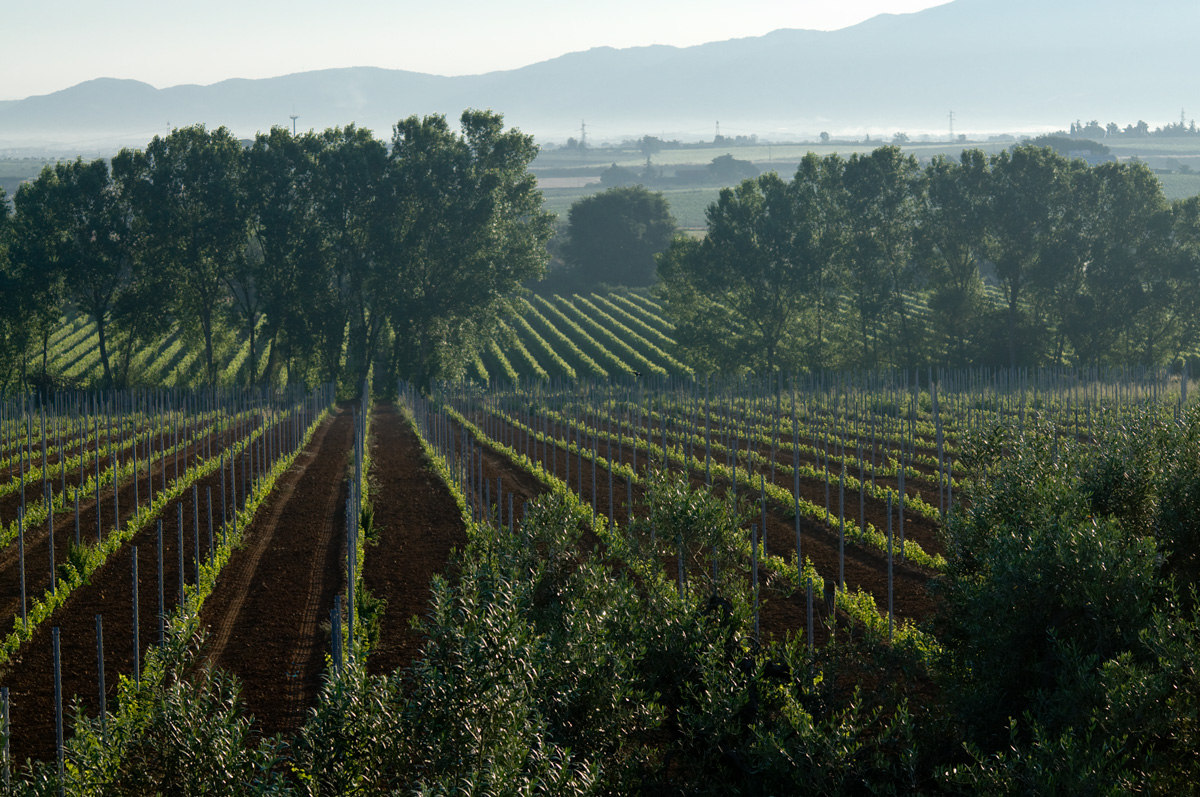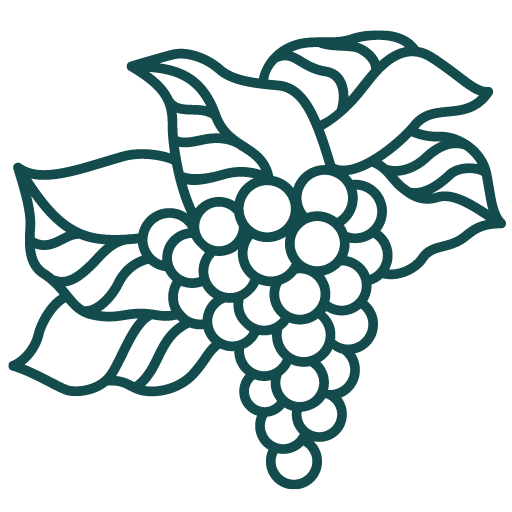
Wine Culture Magazine

In Lazio, Casale del Giglio is redefining what the region’s wines can be. Photos courtesy of Casale del Giglio
In 1967, Berardino Santarelli, descendant of distinguished wine merchants, founded the family estate, Casale del Giglio in Agro Pontino, Lazio, some 50 kilometres south of Rome in the “knee” of Italy’s boot. Although Lazio was Italy’s seventh largest wine producer by volume, at the time few if any grapes were grown here. Essentially, this was reclaimed land on a former swamp. However, Berardino’s son Antonio had always been convinced that vines could do well in Agro Pontino. And in 1985 father and son introduced 60 vines as an experiment.
The Santarellis believed the location—between the Mediterranean Sea and inland Apennine Mountains—offered numerous benefits. In addition to the mild climate, the geology (which includes volcanic soils), strong diurnals (thanks to marine influence) and adequate rainfall were also promising. Not to mention knowledge gained from a tradition of winemaking that dates back to the earliest Romans, Greeks and Phoenicians.

Founder Antonio Santarelli (left) and oenologist Paolo Tiefenthaler have worked together to transform Casale del Giglio into a landmark winery.
That early initiative laid the foundation for more comprehensive trials in Lazio, which resulted in 1990 European Community approval of “recommended varieties” Chardonnay, Sauvignon, Syrah, Petit Verdot and Cabernet Sauvignon while others were authorized later. Antonio Santarelli also enlisted the help of Trentino-trained oenologist Paolo Tiefenthaler, who now oversees 180 sustainably grown hectares.
Santarelli and Tiefenthaler realized the importance of improving the image of the country’s traditional wine-producing zones and the need to produce quality wines at affordable prices, especially in relatively unproven areas such as theirs. Along the way they coined the term “Super Lazio” in a nod to their better-known neighbour, Tuscany. But it made the point that top-quality wines from specific sub-regions were very much part of the “new” and improved Lazio.
With several thousand grape varieties grown throughout Italy, it can be challenging to keep track of even a dozen, let alone the hundreds used in winemaking. However, the country’s indigenous varietals are increasingly in the spotlight—and for good reason. “Autochthonous” varieties (loosely meaning “from its own land”) account for some 400 Italian indigenous grapes and include a quarter of the world’s known commercially grown varieties.

Although Casale del Giglio grows “modern” grapes as well, its indigenous Italian grapes are the winery’s pride.
Casale del Giglio never lost sight of their plan to focus on vines native to Lazio. Rediscovered and revitalized in neighbouring districts, they include Biancolella of Ponza, Bellone of Anzio and Cesanese, as well as Pecorino. Lazio Biancolella is grown only on the Island of Ponza, at the base of a sheer sea cliff below the famous Il Faro della Guardia lighthouse, built in 1886. Drought-resistant Bellone of Lazio—a favourite with the local seafood soup—is grown across the region from the Roman to Lepini Hills, and near the coastal town of Anzio. Low-yielding and late-ripening Casanese (Lazio Rosso) is grown more inland, on higher slopes in the foothills.
Surprisingly, Lazio remains one of Italy’s most undervalued wine regions. Though Tiefenthaler likes to quibble with Oscar Wilde, who famously once said: “Nowadays people know the price of everything and the value of nothing.”
“We, at Casale del Giglio,” says Tiefenthaler, “may not know the price of everything, but we certainly know the enormous value of our land.”
Try these wines:

Casale del Giglio Biancolella Faro Della Guardia 2019
(Lazio, IGT, Spec, SKU 207558) Up-front floral and stone fruit before a vibrant peach and nectarine palate wrapped in bright acidity with flinty mineral undertones.

Casale del Giglio Bellone 2019
(Lazio, IGT, Spec, SKU 782920) Tropical and stone fruit aromas, well balanced fruit and acidity, generous mouthfeel with a lingering, mineral close.

Casale del Giglio Cesanese 2018
(Lazio, Rosso IGT, BCL “Listed” $24.99) Fruit driven but edgy, vibrant, forward red berries, intense juicy palate, mulberry, pepper spice and savoury plus well integrated tannins.
Casale del Giglio
Contact local import agency: World Wine Synergy, info@worldwinesynergy.com
For more information, visit casaledelgiglio.it

Vitis is is an indispensable seasonal guide for vintners, sommeliers and weekend imbibers alike that is dedicated to British Columbia’s rapidly evolving wine culture.

Vitis is is an indispensable seasonal guide for vintners, sommeliers and weekend imbibers alike that is dedicated to British Columbia’s rapidly evolving wine culture.
© 2024 Vitis Magazine